How Many Types of Dinosaurs Are There?
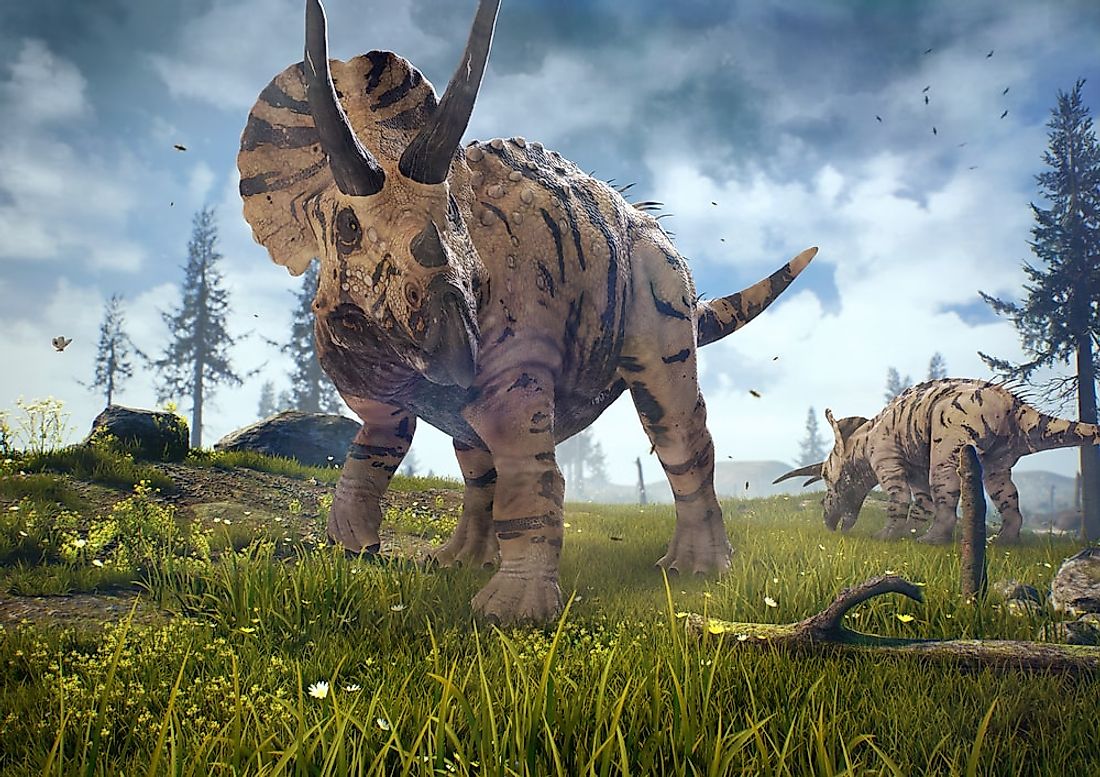
Dinosaurs were reptiles who first appeared on earth during the Triassic period (between 243 and 231 million years ago). At the time, dinosaurs were the most dominant terrestrial vertebrates on the planet. In 1842, Sir Richard Owen became the first person to classify dinosaurs when he classified Iguanodon, Hylaeosaurus, and Megalosaurus into the suborder Saurian Reptiles and gave them the name Dinosauria. Harry Seeley further divided dinosaurs based on their hip structures into orders Saurischia and Ornithischia in 1887 and 1888. These two classifications are the basis of subsequent modifications in the taxonomic classifications of dinosaurs. In the 1950s, entomologist Willi Hennig made several classification changes into categories based on tracing the characteristics that dinosaurs shared with their most recent ancestors. Hennig undertook an in-depth analysis of fossil remains to determine the relationship between the different clades and their evolutionary link. Orders Saurischia and Ornithischia have two suborders each.
Saurischia includes the following suborders:
- Theropoda
- Sauropodomorpha
Ornithischia includes the following suborders:
- Thyreophora
- Cerapoda
4. Theropoda (Order Saurischia)
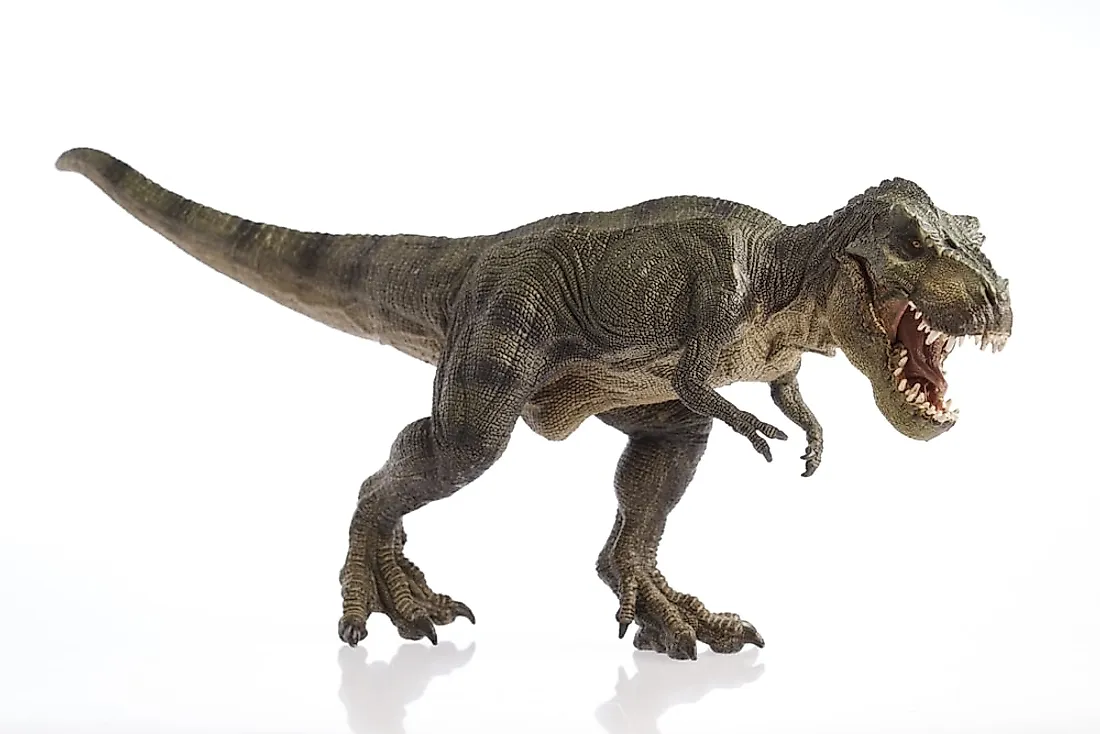
Meaning behind name:from the Greek words for "footed wild beast".
Defining characteristics: three-toed limbs, flesh-eating, small to medium size, sharp teeth, bipedalism, hollow bones.
Most famous example(s): tyrannosaurus, giganotosaurus.
Primitive proto-theropods and most theropods existed during the Triassic period in the current day Southern Africa, South America, and North America. By the late Jurassic period, only four lineages of theropods remained: allosaurs, ceratosaurs, coelurosaurs, and megalosaurs. Members of this suborder were originally carnivores, although some evolved to become omnivores, herbivores, insectivores, and piscivores. Most theropods possessed blade-like teeth with serrated edges. Theropod bodies were also diverse, with some having feathers or feather-like features and others scaly skins. In some, young ones had different outer body coverings compared to their parents’. Different theories advance the narrative that theropods shrunk in body size for the past fifty million years. The ostrich is the largest theropod that exists to date. During their peak time, theropods averaged 359 pounds. Almost all theropods had varied gait and stance but were all bipedal, including extant ones. Extinct theropods bodies were almost upright and the forelimbs greatly reduced in length. These forelimbs also varied in different species but had three fingers with claws.
3. Sauropodomorpha (Order Saurischia)
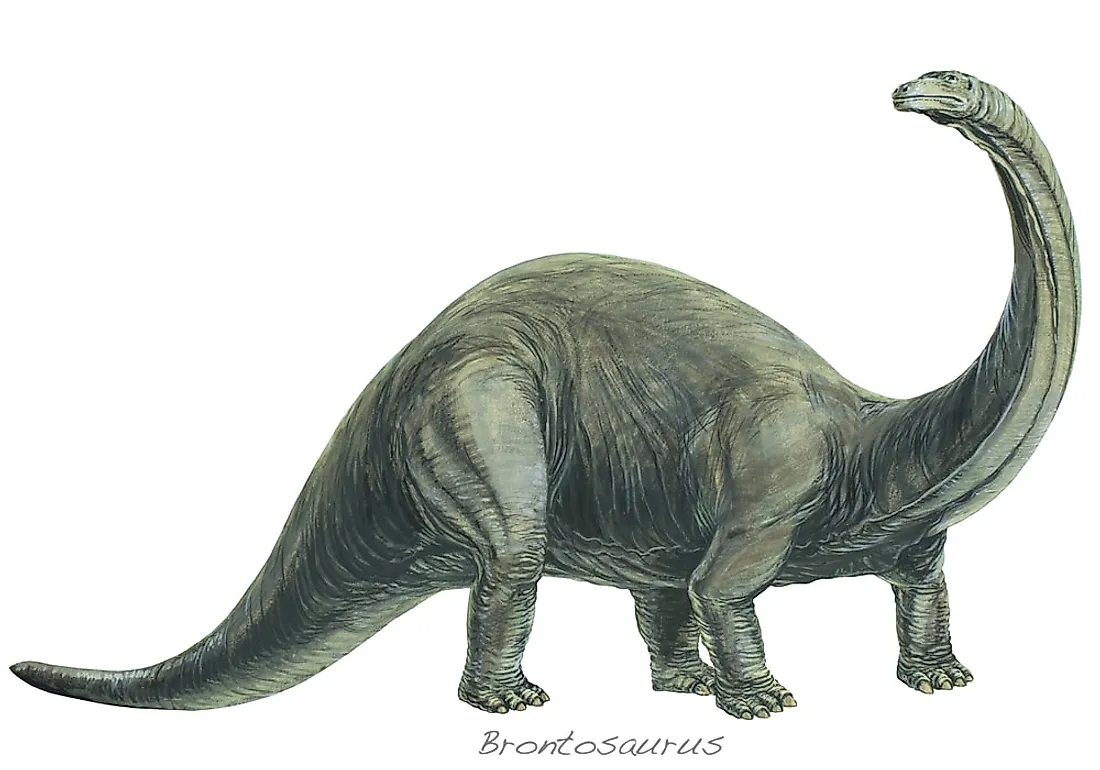
Meaning behind name:from the Greek words for "lizard-footed forms".
Defining characteristics: herbivorous, weak teeth, large nostrils, four legs, long necks, large size.
Most famous example(s): supersaurus, brontosaurus.
Dinosaurs belonging to the suborder of Sauropodomorpha were the largest animals to ever walk on earth. Sauropodomorphs lived in the Mesozoic Era and became extinct towards the end of the Cretaceous. Sauropodomorphs browsed tree leaves due to their long necks, small heads, and long tail, the latter of which helped them to keep their balance. They also had large nostrils and a pollex with a big claw. Some sauropodomorphs grew up to 131 feet and weighed approximately 110 US short tons. Their teeth were also weak, and they had stomach stones to digest plants. These dinosaurs were initially bipedal but evolved to walk on four limbs.
2. Thyreophora (Order Ornithischia)
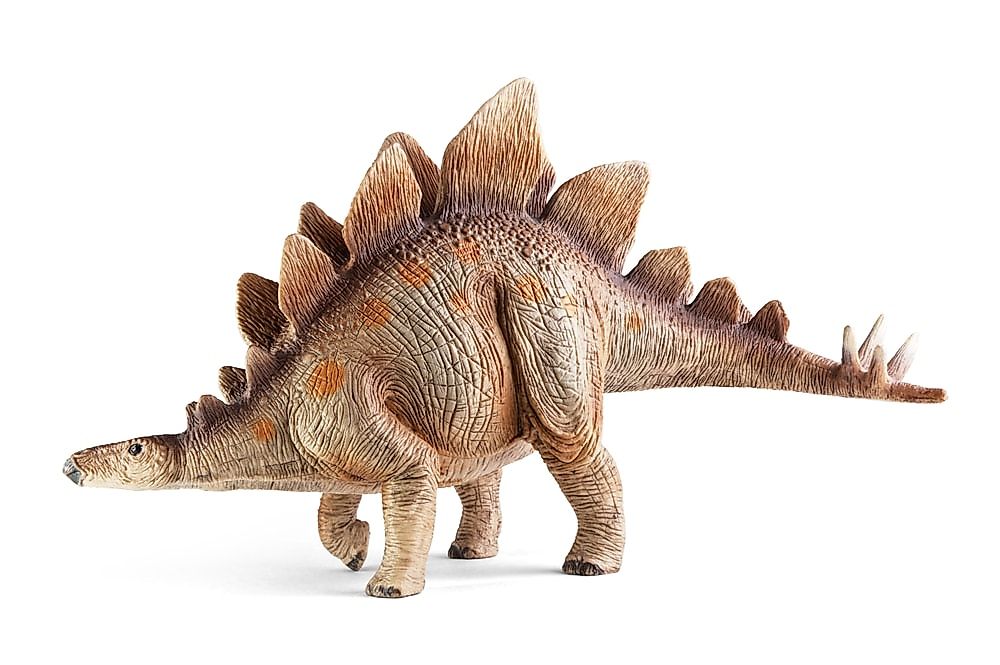
Meaning behind name:from the Greek words for "shield bearers".
Defining characteristics: body armor, spikes, short arms, plates, herbivorous.
Most famous example(s): stegosaurus.
Some Thyreophorans had simple, low, and collapsed scutes whereas others had complex structures that included spikes and plates. Thyreophorans also had small heads and big body sizes as well as shorter forelimbs compared to the hind limbs. These dinosaurs lived in the early Jurassic period and became extinct at the end of the Cretaceous. Ankylosaurids had a large tail club made up of distended vertebrae fused together and were armored head to tail, including on minor body features like eyelids. These dinosaurs had flat heads and very small or no neck. They also had spikes on both sides of the head. Suborder Stegosauria lived between the Middle and Late Jurassic period and had small heads with leaf-like teeth. Stegosaurs also had rows of spikes on their body.
1. Cerapoda (Order Ornithischia)
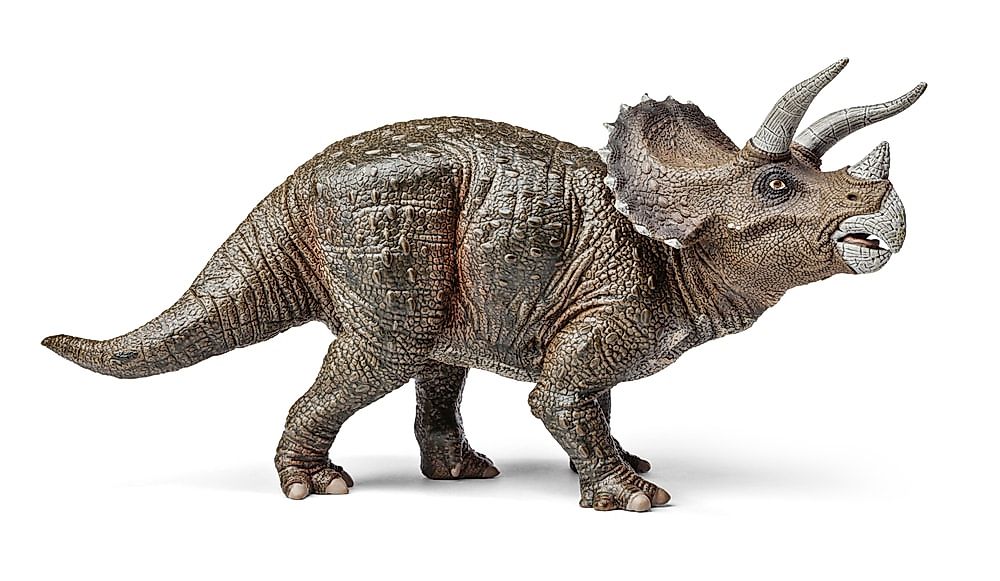
Meaning behind name: "horned feet".
Defining characteristics: enamelled teeth, large horns, bird-like hip bone.
Most famous example(s): protoceratops, triceratops.
Cerapoda is of the order Ornithischia and has two infraorder units, namely Ornithopoda (bird feet), and Marginocephalia (fringed heads). Most Cerapoda members had enameled teeth. Marginocephalia includes the Pachycephalosauria (thick-headed lizards) and the Ceratopsia (horned faces). Ceratopsia further has three family units; Ceratopsidae, Protoceratopsidae, and Psittacosauridae while Ornithopoda has four family units which are Hadrosauridae, Heterodontosauridae, Hypsilophodontidae, and Iguanodontidae. Depending on the clade, Ornithopods grew to a maximum length of between 9.84252 and 29.5276 feet. Most of their front teeth were lower than the cheek teeth. The pachycephalosaurs were bipedal, had ossified tendons on their backs, and had enamelled leaf-shaped teeth. Pachycephalosaurs had a distinctively marked thickening on the forehead (frontoparietal) and therefore the name dome-heads. These heads may have probably been adapted to defense and aggression. Ceratopsians had varied body sizes ranging from smaller ones like dogs to thirty feet long ones that measured up to five tons. Some members of the Ceratopsians have usually compared to modern day rhinoceros but was several times bulkier, heavier and had different behavior.











